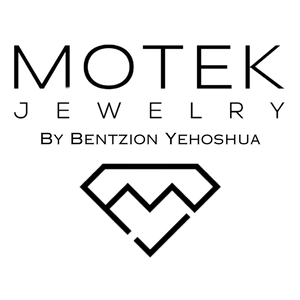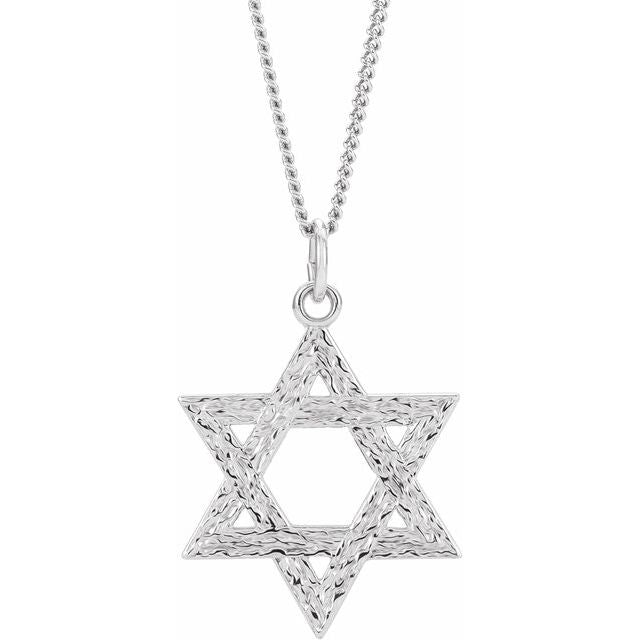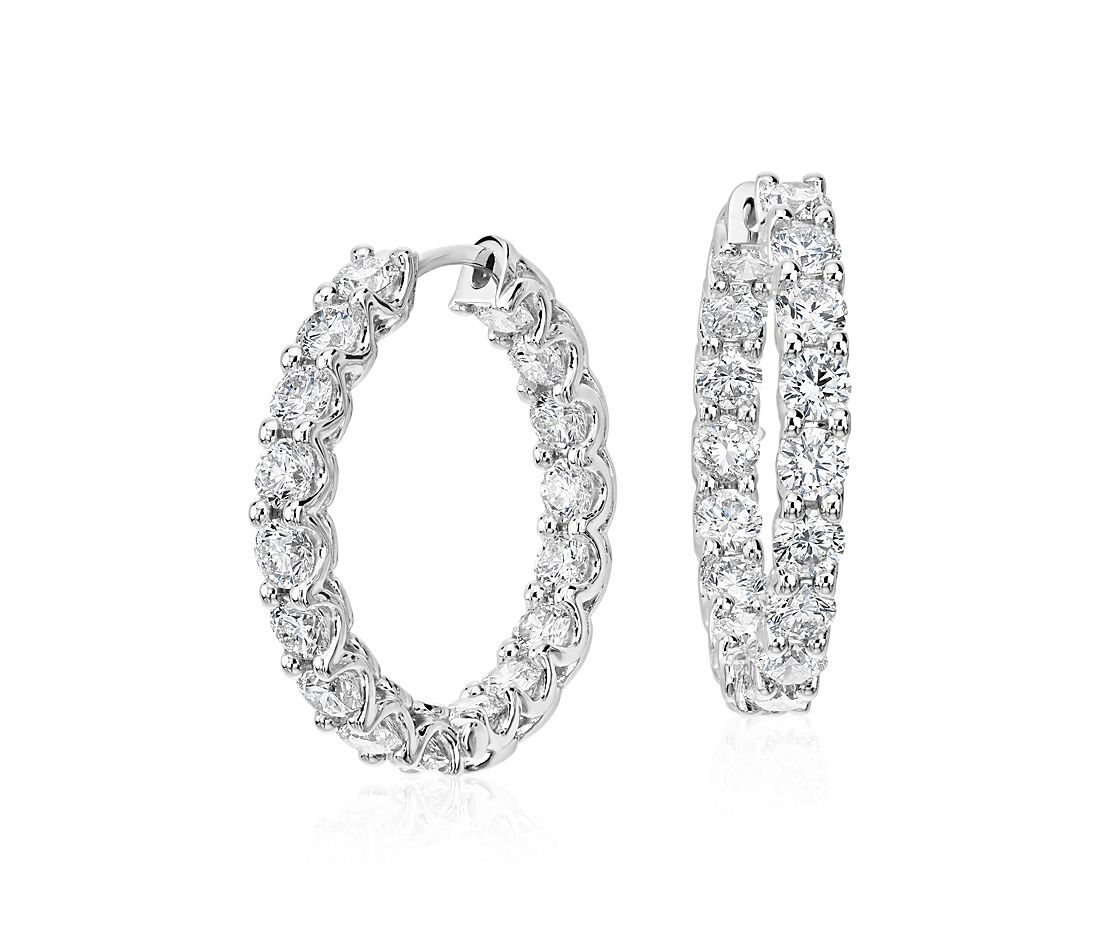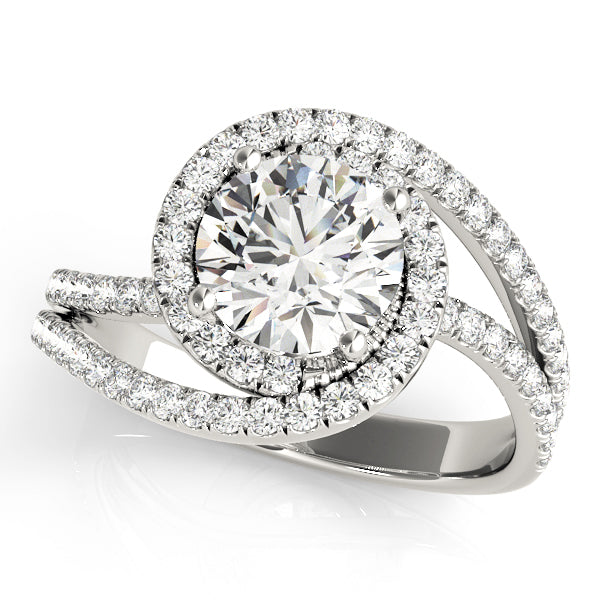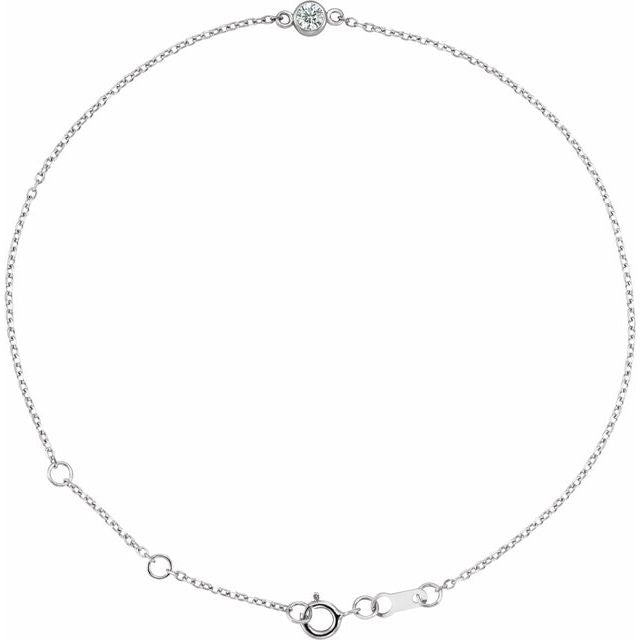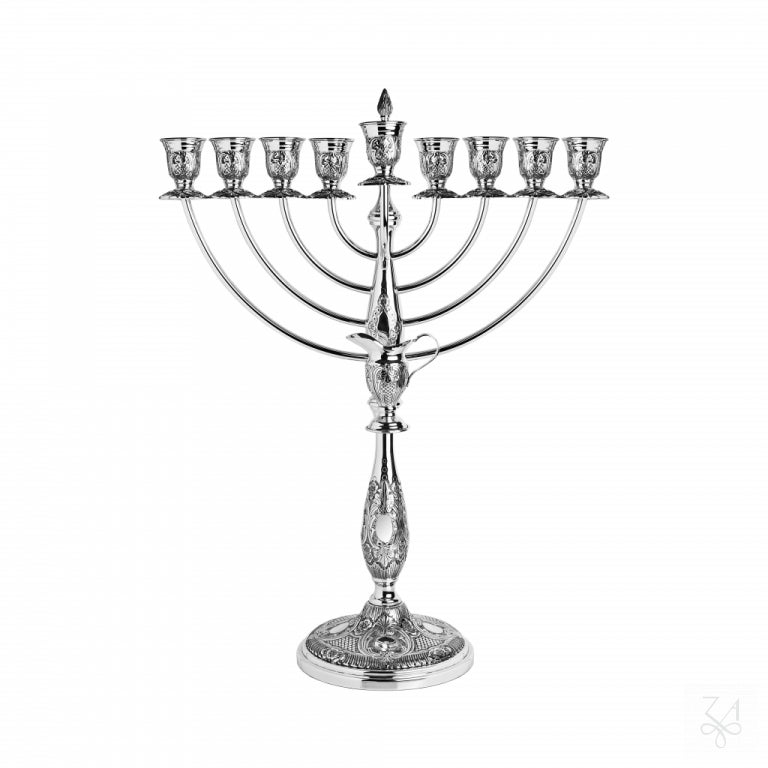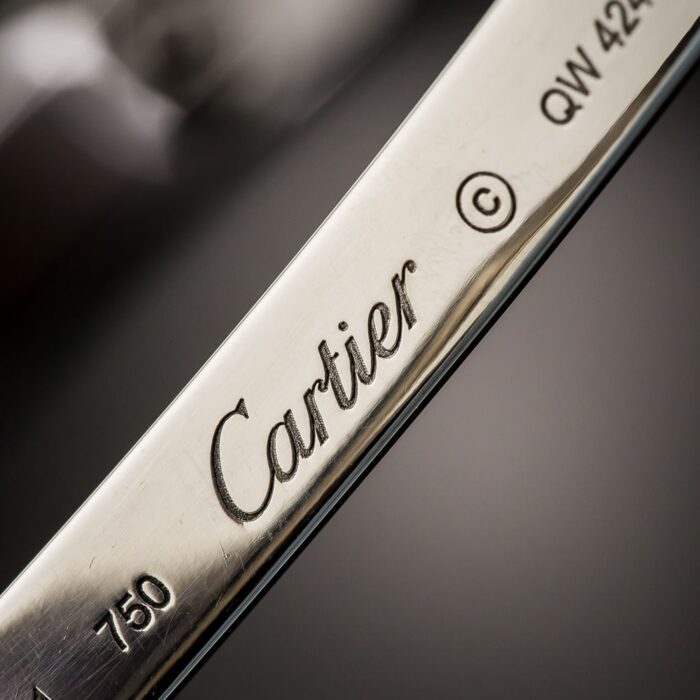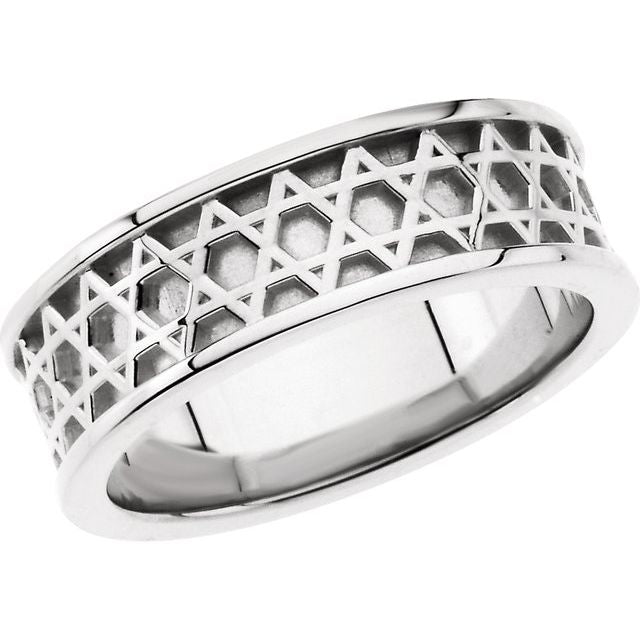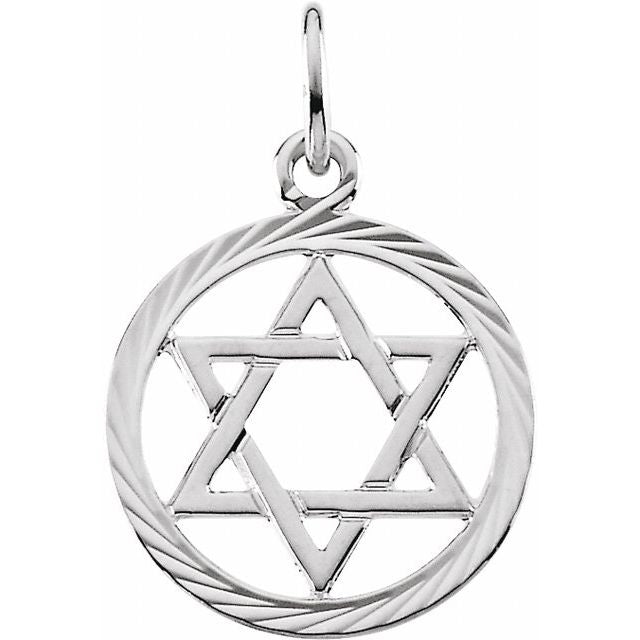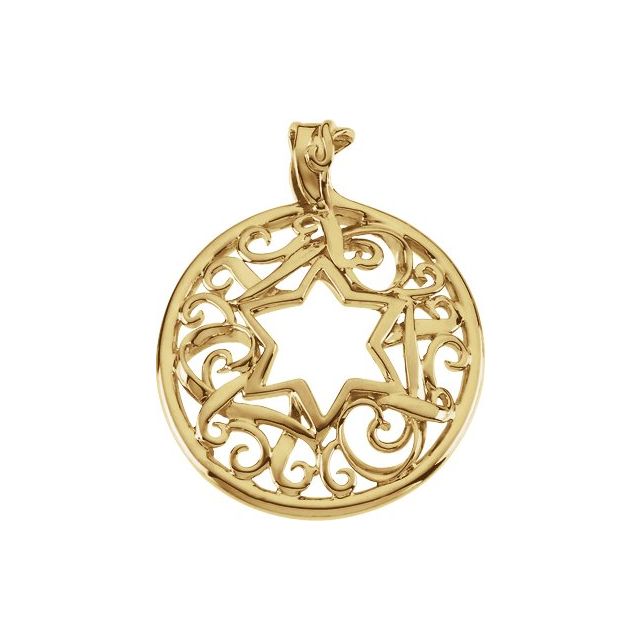Authenticity & Hallmarks: Ensuring the Quality of Your Gold or Silver Name Necklace
When investing in a personalized name necklace, especially one crafted from precious metals like gold or sterling silver, discerning buyers seek assurance of its quality and authenticity. Beyond its aesthetic appeal and sentimental value, a truly valuable piece is defined by the purity of its metal and the integrity of its craftsmanship. This concern naturally leads to a crucial question for consumers: "How can I confidently verify the authenticity and quality of my gold or silver jewelry, what are the key hallmarks and purity stamps I should look for, and how do these marks guarantee the value and lasting beauty of my personalized jewelry?"
At Motek Jewelry, transparency and uncompromising quality are at the core of our operations. We are dedicated to crafting each piece of jewelry to the highest standards, using only authenticated precious metals. This article serves as an essential guide to understanding authenticity and hallmarks, empowering you to identify genuine gold and silver, decode their purity stamps, and ensure that your personalized name necklace is not just beautiful, but also a verified and valuable investment that will endure for generations.
The Problem Solved: Customers are concerned about the authenticity and true metal quality of personalized jewelry. This article directly addresses this by explaining authenticity and hallmarks for gold and silver jewelry, educating consumers on how to verify quality, and building confidence in Motek Jewelry's commitment to genuine materials and standards.
1. What Are Hallmarks and Why Do They Matter?
Hallmarks are official marks or stamps applied to precious metals (gold, silver, platinum) to indicate their purity and sometimes the manufacturer or country of origin.
- Guarantee of Purity: They certify the percentage of pure metal in the alloy, providing assurance that you're getting what you pay for.
- Consumer Protection: Hallmarks protect buyers from misrepresentation and ensure industry standards are met.
- Value Assessment: For resale or insurance purposes, hallmarks are essential in determining the intrinsic value of the piece.
- Legal Requirement: In many countries, hallmarking is a legal requirement for precious metal jewelry above a certain weight.
2. Decoding Gold Hallmarks and Purity Stamps:
Gold purity is measured in karats (K), with 24K being pure gold. Hallmarks for gold will typically indicate the karat purity.
-
Common Gold Purity Marks (and their decimal equivalents):
- 24K: Pure gold (99.9% pure). Very soft, rarely used for necklaces due to lack of durability.
- 18K (or 750): 75% pure gold. Rich color, but softer than 14K.
- 14K (or 585): 58.5% pure gold. Excellent balance of durability and purity, ideal for everyday wear. Our jewelry will generally bear this mark.
- 10K (or 417): 41.7% pure gold. Most durable due to higher alloy content, but less pure.
- Location: Hallmarks are usually stamped on an inconspicuous part of the jewelry, such as the clasp, the back of the nameplate, or a small tag near the clasp.
- Manufacturer/Origin Marks: In addition to purity, you might see a maker's mark (trademark of the jeweler) or a country-of-origin mark.
3. Decoding Sterling Silver Hallmarks and Purity Stamps:
Sterling silver is an alloy of 92.5% pure silver and 7.5% other metals (usually copper) for strength.
-
Common Silver Purity Marks:
- 925 (most common): Indicates 92.5% pure silver, which is sterling silver. You might see "925," "Sterling," or "SS" stamped on the piece.
- Other Marks: Less common, but you might find marks like "800" (80% silver, typically used in Europe for objects, not common for jewelry) or "Fine Silver" (99.9% pure, too soft for most jewelry).
- Location: Similar to gold, silver hallmarks are typically on the clasp, the back of the nameplate, or a small tag.
- Tarnish vs. Impurity: Remember that sterling silver tarnishes (darkens) over time. This is a natural chemical reaction and does not indicate impurity; it confirms it's real silver. Gold does not typically tarnish in the same way.
4. How to Verify Authenticity When Purchasing:
- Reputable Jewelers: Purchase from established and reputable jewelers who openly discuss their materials and provide clear descriptions. Motek Jewelry stands by its quality standards.
- Look for Hallmarks: Always check for the appropriate purity mark (e.g., "14K," "585," "925"). Use a jeweler's loupe (magnifying glass) if needed, as these marks can be tiny.
- Certificates of Authenticity: For higher-value pieces, especially those with diamonds, a certificate of authenticity or a gemological lab report (e.g., GIA) can be provided.
- Ask Questions: Don't hesitate to ask your jeweler about the metal content, their quality control processes, and the origin of their materials.
- Weight and Feel: While not a definitive test, genuine precious metals typically feel heavier than their costume jewelry counterparts.
By understanding the significance of authenticity and hallmarks, you can make informed decisions when purchasing your personalized name necklace, ensuring you receive a high-quality, valuable piece that will bring joy for a lifetime. The Motek Jewelry team is committed to providing you with only the finest, authentically marked precious metal jewelry.
Ready to invest in a beautiful jewelry with guaranteed quality and authenticity?
Explore Motek Jewelry's collection, where every piece is crafted to the highest standards.
Phone: 8452136087 Email: contact@mymotek.com
Industry Expert References:
- GIA (Gemological Institute of America) - "Understanding Jewelry Quality" / "Hallmarks": https://www.gia.edu/gia-news-research-jewelry-quality & https://www.gia.edu/gia-news-research-hallmarks (The authoritative source for understanding precious metals and official markings.)
- Jewelers of America - "Jewelry Buying Guide: Metals": https://www.jewelers.org/jainfo/jewelry-buying-guides/metals (Provides consumer-friendly information on metal purity and quality.)
- National Conference of Weights and Measures (NCWM) - "Precious Metal Standards": https://www.ncwm.com/ (Governing body in the U.S. that sets standards for metal stamping.)
- International Hallmarking Conventions: (Various agreements exist between countries on reciprocal recognition of hallmarks, which can be found via national assay office websites, e.g., the British Assay Office).
- World Gold Council: https://www.gold.org/ (Provides information on gold's properties, standards, and market.)
- Silver Institute: https://www.silverinstitute.org/ (Resources on silver's properties and purity standards.)
- Wikipedia - "Hallmark" and "Karat (purity)": https://en.wikipedia.org/wiki/Hallmark and [https://en.wikipedia.org/wiki/Karat_(purity](https://www.google.com/search?q=https://en.wikipedia.org/wiki/Karat_(purity)) (General overview of these concepts.)
